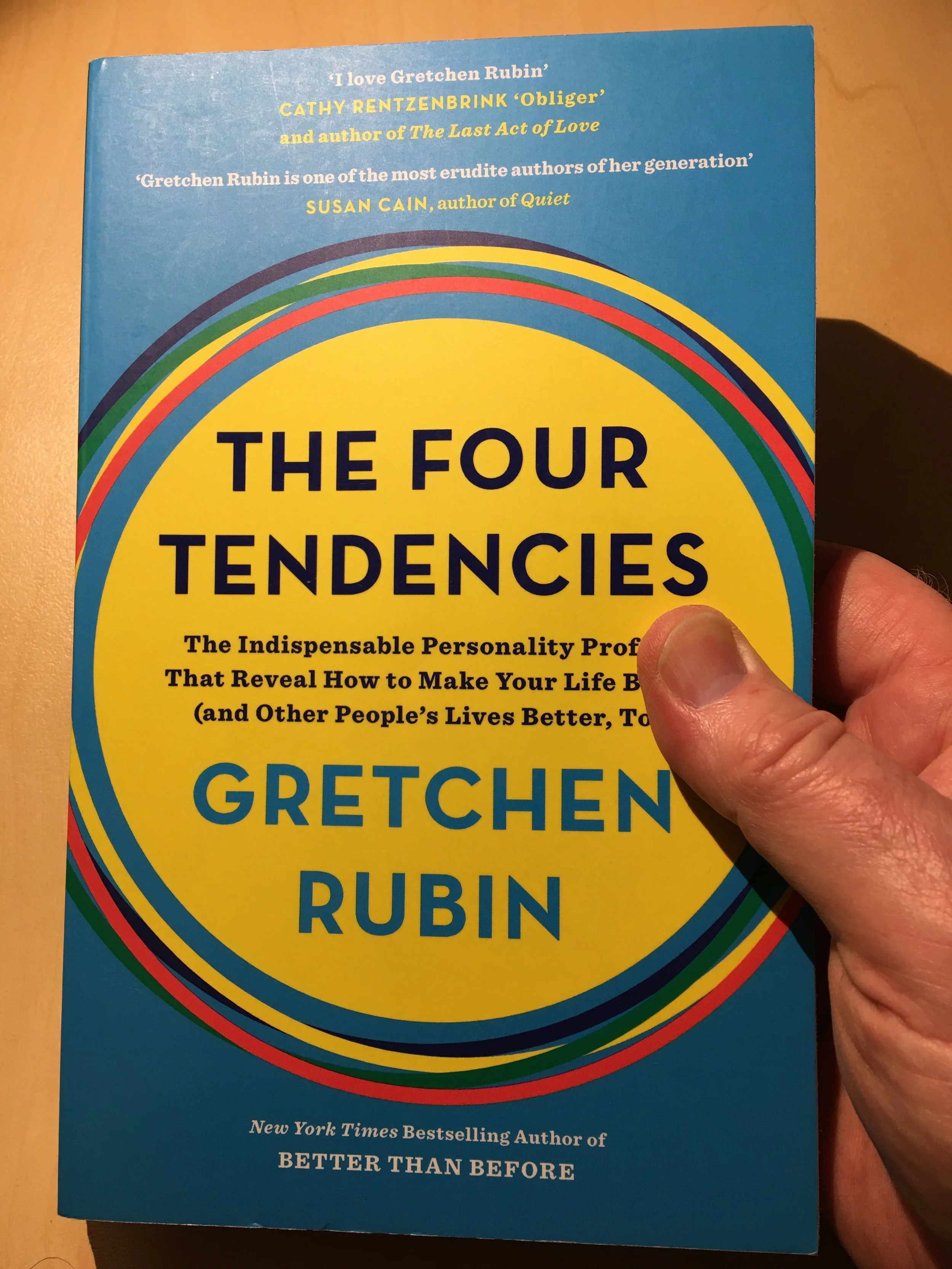Answering emails can take up so much time, and it’s simply not that effective!
If you spend any time outside of work hours responding to email correspondence read on to see how you can significantly reduce this effort and still do a great job in your role.
To build a better bank for the river what do you need to do? Stop the river? No, divert it. This is a project to rebuild the river bank in Berat, Albania. The truck in the photo is currently driving along the river bed! [Photo Credit: Me :) ]
The engineers working on this project need a way to get access to the area they had to work, and remove the water to do so. Solution - “Stop The River”? Ahhh, no. That is too much work, too costly and not necessary.
The alternative is to DIVERT the water. That way the water can still flow, just along a different path.
Likewise, if you have run out of time in your life to deal with the flow of communication coming via email, YOU can DIVERT it! Don’t stop the flow of communication (like the river water), guide it to other means of communication.
The trick is to build the other communication forums first and divert people to those forums.
Set short meetings, train your team to chat to you in the corridor or at lunch (having an approachable manner helps with this), make sure people are aware to call reception for easier to answer factual matters and use your out of office liberally with a one saying “I am not at work and will not see the message, please contact …”
Be clear about what you are trying to achieve and share this with everyone….
You are trying to get them the best answer you can, faster
Email serves a purpose, but it’s over used
Face to face communication is better. Email discussions are disjointed and asynchronous AND it lacks the advantage of incorporating body language which conveys a great deal of information when we communicate.
Remind yourself, you are NOT abdicating your responsibilities, you are working toward operating in a BETTER way.
YOU must value and protect your time, an irreplaceable resource. Tell those you work with “I DO NOT promote the use of email…. Let’s talk instead 🙂”


















![I LOVE this idea of automating transfers for different purposes in your life. Setting amounts aside in advance. The above diagram is for personal finance, but the principle can be applied to your business - put money aside in advance, regularly. [Source: thanks to Remit Sethi - LINK]](https://images.squarespace-cdn.com/content/v1/53abe59fe4b0b04a4fad2637/1620181209751-5PUUKD14WUZ6UHOZZTW8/Tom_Woodbury_Remit_Sethi.PNG)


![It’s a great strategy in squash to get your opponent to chase the ball. Why not get your staff to chase your data? [source: www.tenor.com]](https://images.squarespace-cdn.com/content/v1/53abe59fe4b0b04a4fad2637/1619052997733-MNE31DJV2H3CTLF3957X/tenor.gif)






![Knowing the goal is OK but tracking where you're up to is even more crucial once you're underway. Ask any one day cricketer! [Source: https://cricketscorer.com.au/]](https://images.squarespace-cdn.com/content/v1/53abe59fe4b0b04a4fad2637/1615164700468-U3SC1F0ZYMPP68F60ML2/Tom_Woodbury_Runs_Worm.png)




